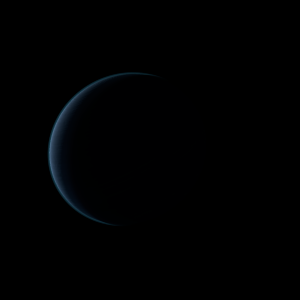|
|
Space Astro
|
Info for exoplanet "Hydala Pho"
| Scientific (actual) data |
|---|
| Name | HAT-P-43 b |
| Planet status | Confirmed |
| Planet mass | 0.66 |
| Radius | 1.283 |
| Orbital period | 3.33269 |
| Semi major axis | 0.0443 |
| Orbit eccentricity | 0 |
| Inclination | 88.7 |
| Discovered | 2012 |
| Updated | 2018-12-17 |
| Tzero tr | 2456000 |
| Temperature (kelvin) | 1361 |
| Publication | Submitted to a professional journal |
| Detection type | Primary Transit |
| Star name | HAT-P-43 |
| Right ascension | 128.93° |
| Declination | 10.21° |
| Mag v | 13.36 |
| Star distance | 543 |
| Star metallicity | 0.23 |
| Star mass | 1.048 |
| Star radius | 1.104 |
| Star age | 5.7 |
| Star temperature | 5645 |
| Wikipedia article | HAT-P-43 b |
Back
| |
| Fictional info (?) |
|---|
| Suggested name | Hydala Pho |
| Planet type | Hot gas giant |
|
| Atmosphere | Krypton | 52% |
| Carbon monoxide | 23% |
| Helium | 9.2% |
| Water vapor | 7.2% |
| Nitrogen | 7.2% |
| Nitric oxide | 0.23% |
| Carbon dioxide | 0.0005% |
| Atmospheric pressure | 70 bar |
 |
| Moon | Erithedora | Large slightly egg-shaped rocky moon |
| Google search for Hydala pho |
|
Website by Joachim Michaelis
|
|
|
|